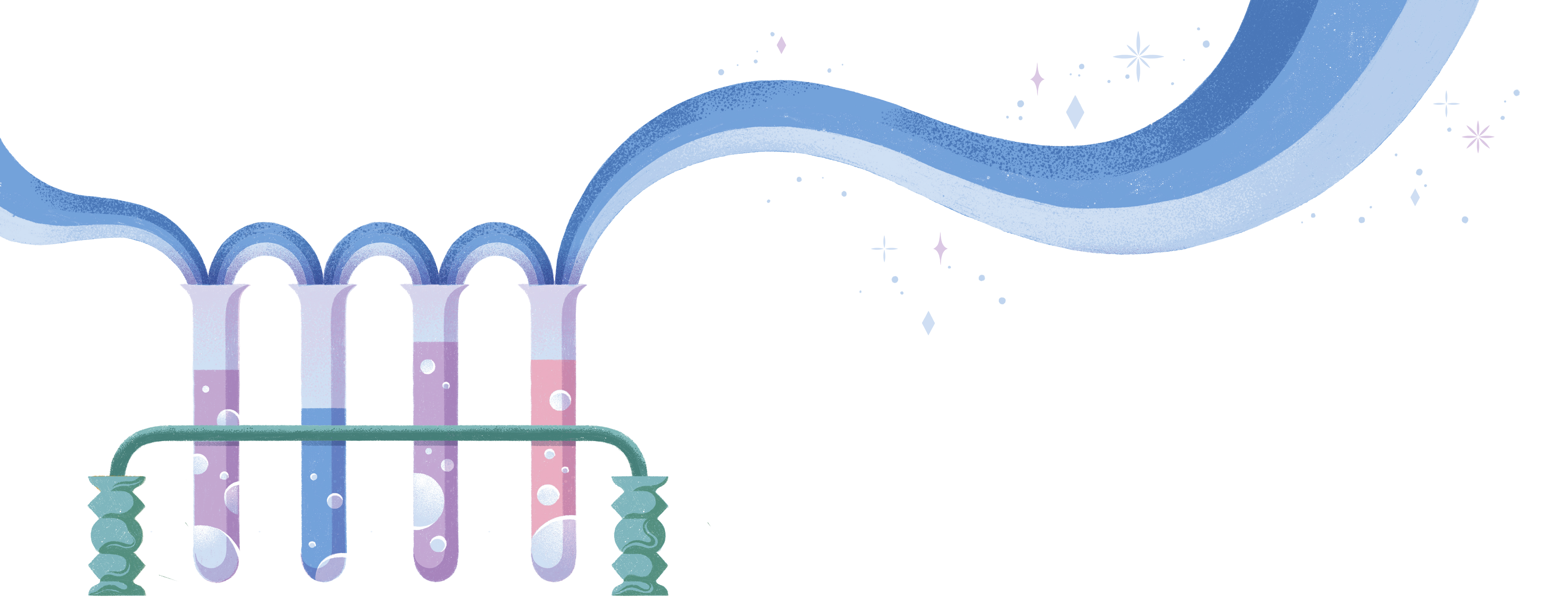Atypical Hemolytic Uremic Syndrome (aHUS)
What is atypical hemolytic uremic syndrome (aHUS)?
Atypical hemolytic uremic syndrome (aHUS) is a rare type of thrombotic microangiopathy (TMA). TMA is a type of blood disease, where damage is seen in the body’s smallest blood vessels (capillaries). These blood vessels may be inside vital organs, like the kidney, intestines, heart, and/or brain.[1]
In patients diagnosed with aHUS, TMA is caused by an overactivation of the body’s complement system. The complement system is a cascade of over 30 proteins that become activated through several pathways.[2] The complement system plays a part in a number of functions, including immune defense against invading pathogens and removing cellular debris and unhealthy cells.[2] The complement system is tightly and actively regulated.[2] An uncontrolled complement system can cause human disease.[2] aHUS may be triggered in healthy individuals by events, such as an infection, pregnancy, or trauma. Tiny blood clots (microthrombi) form in the capillaries. These microthrombi block blood flow to organs, such as the kidneys, causing damage, and even organ failure. aHUS may occur only once or may become a chronic illness. There are a lot of differences between the seriousness and length of each person’s illness.[3]
What causes aHUS?
Approximately 60–70% of aHUS cases are known to arise from identifiable (i.e., genetic or acquired) abnormalities in parts of the complement system.[4] For the remaining 30% of patients diagnosed with aHUS, the underlying cause of the disease is still not fully understood.[5]
Who does aHUS affect?
aHUS is ultra-rare with <2 cases per million people diagnosed annually. aHUS may look very different in different people, especially when considering the seriousness of the illness, physical signs/symptoms, individual genetics, and patient needs regarding work and/or school.[6,7]
While aHUS is thought to happen primarily in children, approximately half of all cases are diagnosed in adults.[8] The average age of diagnosis is 34.5 years of age in adults, and 4.5 years of age in children, respectively.[8] In adults, aHUS occurs 2–3 times more often in women than men.[8,9]
In children, the ratio of female to male patients is approximately equal.[9]
What are the symptoms and complications of aHUS?
In children, the most common triggering event of an aHUS episode is diarrhea (39% of patients), followed by respiratory infections (8%). In adults, the most common triggering events are pregnancy (20% of female patients), diarrhea (15%), and respiratory infections (1%).[9]
People with aHUS often present with kidney complications. Some may also have neurologic symptoms, like headaches, vision loss, unconsciousness, and increased risk of stroke. The disease typically presents suddenly and, due to its rapidly progressive nature, many patients are hospitalized at the time of diagnosis. These symptoms make diagnosing and treating aHUS very challenging. Young children, in particular, may still be developing their language skills, and may struggle in communicating their symptoms.[10]
How is aHUS treated?
The goal of treatment for aHUS is to stabilize acute symptoms and prevent disease relapse long-term. However, not every treatment option is available in every country:
Treatments with C5 inhibitors
If available, C5 inhibitors have become the standard-of-care for patients diagnosed with aHUS. These monoclonal antibodies are “targeted drugs” that attach to and neutralize the critical complement protein C5, preventing further damage to healthy tissue.
Plasmapheresis
While not as effective as C5 inhibitors, plasmapheresis still remains the primary method of treatment in many countries without access to C5 inhibitor therapy. Unfortunately, it has not shown consistent benefit in patients diagnosed with aHUS, with nearly half of all patients progressing to renal failure and/or death.[11,12]
Supportive Treatment
Blood Transfusion is a medical procedure, where donated blood products (for example, plasma) are given intravenously (through a tube inserted into the patient’s vein).
Blood Pressure Management may mean taking medications to control the patient’s blood pressure, while the kidneys are injured.
Dialysis is a medical treatment, where a machine removes waste products and excess fluid from a patient’s body, in case of kidney failure.
Kidney (or Renal) Transplantation is a surgical procedure for replacing the kidneys with a donor organ in patients who have severe kidney damage due to aHUS. However, aHUS often re-occurs, damaging the new kidney.
References
- https://unckidneycenter.org/kidneyhealthlibrary/glomerular-disease/thrombotic-microangiopathy-tma/
- Ricklin, D., Hajishengallis, G., Yang, K., & Lambris, J. D. (2010). Complement: A key system for immune surveillance and homeostasis. Nature Immunology, 11(9), 785–797. Leslie, M. (2012). The new view of complement. Science, 337(6098), 1034–1037.
- https://www.ahusallianceaction.org/facts-about-atypical-hus/
- Noris M and Remuzzi G. N Engl J Med 2009;361:1676–1687.
- Java A. Adv Chronic Kidney Dis 2020;27:128–137.
- Muff-Luett M and Nester CM. J Pediatr 2016;5:33–42.
- Yan K, et al. Clin Epidemiol 2020;12:295–305.
- Licht C, et al. BMC Nephrology 2015;16:207.
- Fremeaux-Bacchi V, et al. Clin J Am Soc Nephrol 2013;8:554–562.
- aHUS News. Accessed May 2021. https://ahusnews.com/
- Bernabeu AIA, et al. Nephron 2020;144:537–549.
- Wijnsma KL, et al. Pediatric Nephrology 2019;34:2261–2277.


